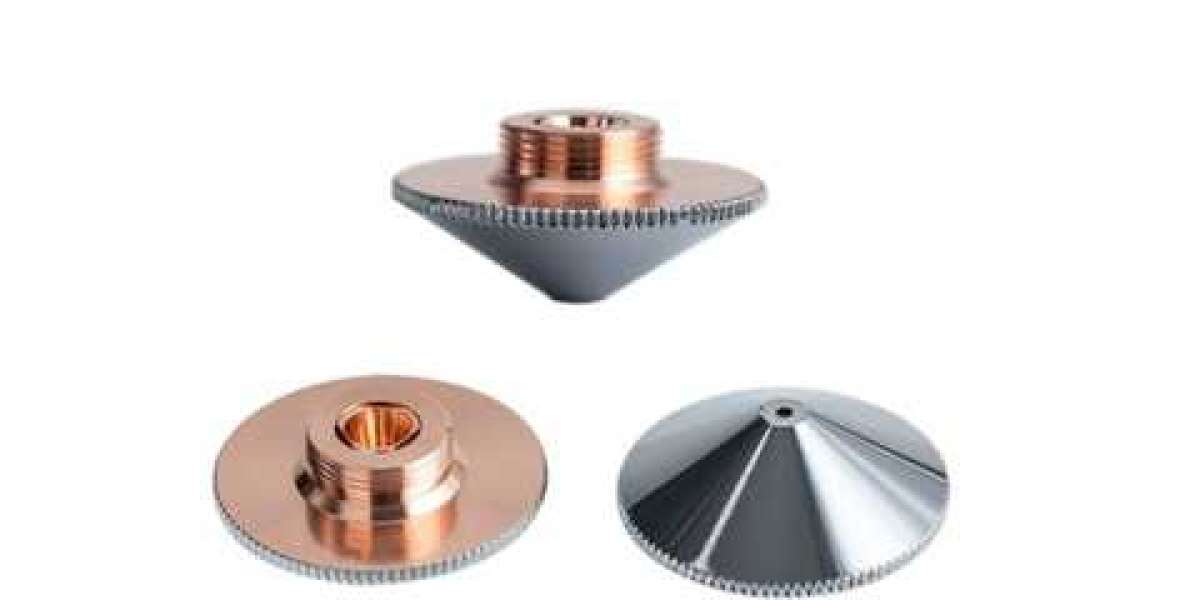Laser technology has revolutionized countless industries, from manufacturing and automotive to aerospace and electronics. At the heart of many laser systems lies a crucial component: the laser nozzle. In this blog, we'll delve into the fascinating world of laser nozzles, exploring their functionality, applications, and how they optimize laser performance with precision and efficiency.
Unveiling Laser Nozzles: The Key to Laser Precision
Laser nozzles are essential components that play a critical role in guiding and shaping laser beams during cutting, welding, and other laser processing applications. These nozzles are meticulously designed to control the delivery of assist gases, such as oxygen, nitrogen, or argon, to the laser beam's interaction zone with the workpiece. By controlling the gas flow rate, direction, and distribution, laser nozzles help achieve optimal cutting or welding conditions, resulting in clean, precise, and efficient laser processing.
Precision Engineering for Optimal Performance
Laser nozzles are engineered with precision and expertise to meet the demanding requirements of laser systems. Advanced manufacturing techniques, including precision machining, laser welding, and surface coating, ensure that laser nozzles meet stringent specifications for durability, gas flow control, and heat resistance. Each nozzle is carefully crafted to deliver precise gas delivery and jet formation, enabling users to achieve consistent and reliable laser processing results.
Versatile Applications Across Industries
The versatility of laser nozzles enables their use across a wide range of industries and applications. In laser cutting applications, nozzles help to create a clean, narrow kerf with minimal heat-affected zone, resulting in high-quality cuts with sharp edges and minimal burrs. In laser welding applications, nozzles assist in shielding the weld pool from atmospheric contamination, ensuring strong, defect-free welds. Additionally, laser nozzles are used in surface cleaning, cladding, and additive manufacturing processes, enabling precision and efficiency in various manufacturing applications.
Custom Solutions for Unique Challenges
Every laser processing application presents its own set of challenges and requirements, and laser nozzle manufacturers offer custom solutions to address specific needs. Whether it's designing nozzles for different laser powers, materials, or workpiece geometries, manufacturers collaborate closely with customers to develop tailored solutions that deliver optimal performance and reliability. From nozzle design optimization to material selection and coating technologies, manufacturers leverage their expertise and capabilities to meet the most demanding requirements with precision and efficiency.
Advancements Driving Innovation
The field of laser nozzles is continually evolving, driven by advancements in materials science, fluid dynamics, and manufacturing technologies. Emerging trends such as multi-jet nozzles, variable geometry nozzles, and smart nozzles with integrated sensors are pushing the boundaries of what's possible in laser processing, opening up new opportunities for innovation and efficiency. As laser technology continues to advance, laser nozzle technology will play a central role in enabling new capabilities and applications across industries.
Conclusion: Optimizing Laser Performance with Precision
In conclusion, laser nozzles are indispensable components that optimize laser performance with precision and efficiency across a multitude of applications. From guiding and shaping laser beams to controlling gas flow and jet formation, laser nozzles empower users to achieve remarkable feats in manufacturing, fabrication, and materials processing. As technology continues to evolve, the importance of laser nozzles in driving advancements and shaping the future of laser processing will only continue to grow.







